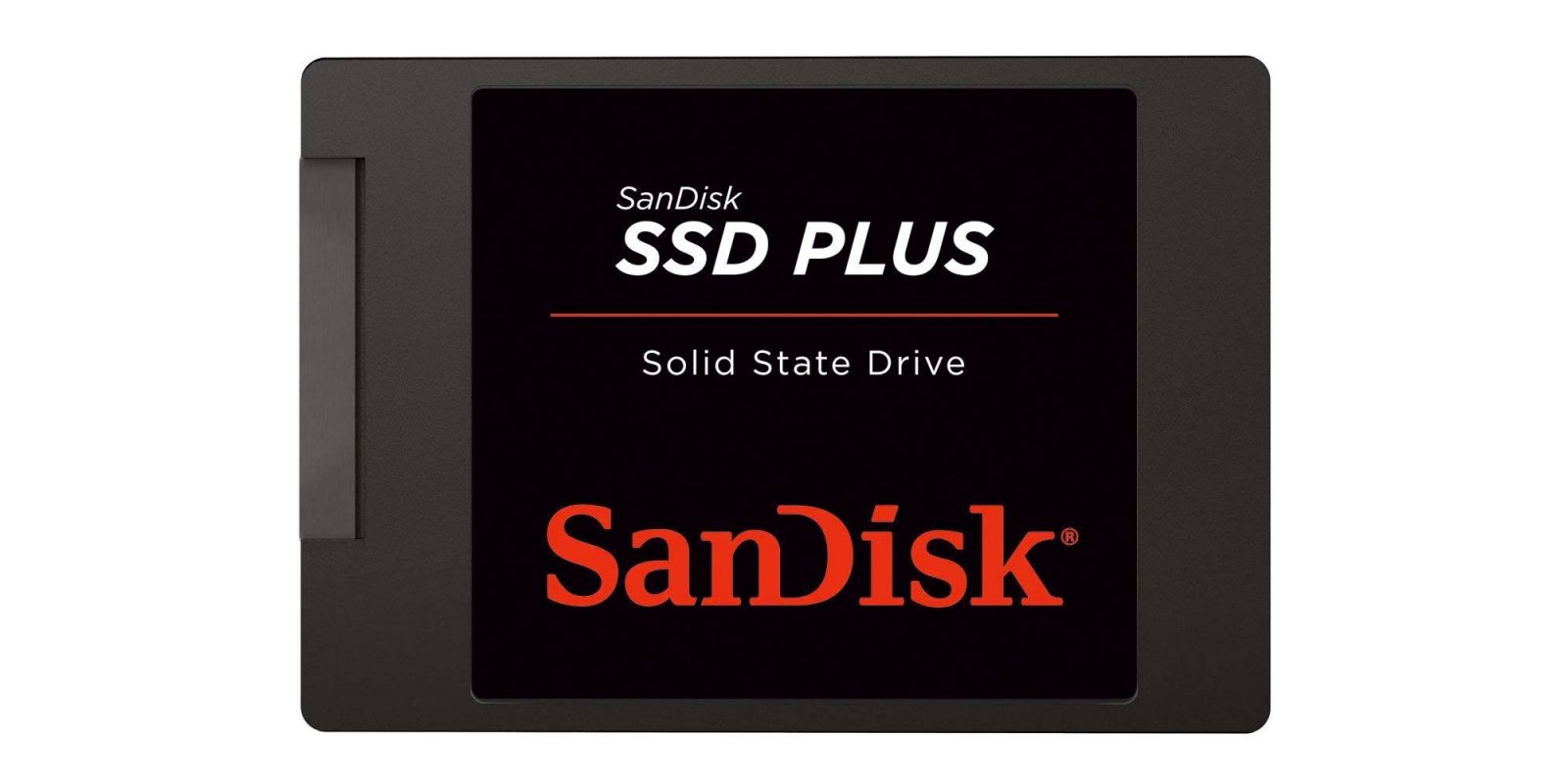From either the desktop or the start menu, Right Click Computer and select manage. This will open the Computer management console. On the left side select disk management.

Next we will need to initialize the disk. Find the unallocated disk that corresponds with the capacity of your SanDisk SSD. Right Click on the area that says 'Not Initialized' and select 'Initialize Disk'
Sandisk Ssd Dashboard For Mac

Now we will have to choose a partition style. Either can be selected however keep in mind older versions of Windows will only be compatible with MBR. In our example we will select MBR partition style.
Once the partition has been created Right Click the unallocated area and select 'New Simple Volume' Render sketchup for mac windows 10.
Ssd Sandisk Dashboard For Mac Os
This will open the New Simple Volume Wizard. Click Next
The Western Digital and SanDisk SSD Dashboard installer versions prior to 3.0.2.0 have a DLL hijacking vulnerability. If an attacker knows which DLLs a program loads, a malicious DLL can be injected into the loading process. Successful exploitation of this vulnerability could lead to arbitrary code execution in the context of the system user. The rugged SanDisk® Extreme Portable SSD delivers high-speed transfers with up to 550MB/s read speeds.7 This makes it perfect for saving and editing hi-res photos and videos. With an IP55 rating, it also stands up to rain, splashes, spills, and dust.1.
Sandisk Ssd Driver Windows 10
Next you will set the Volume size. We recommend using the default. Click Next
Software piracy is theft, Using crack, password, serial numbers, registration codes, key generators, cd key, hacks is illegal and prevent future development of Edition. Download links are directly from our publisher sites. D viewcam for mac. Shareware Junction periodically updates pricing and software information of full version from the publisher using pad file and submit from users. Links from Bittorrent, mediafire.com, uploadfiles.com, hotfiles.com rapidshare.com, megaupload.com, netload.in, storage.to, depositfiles.com and other files hosting are not allowed.
Next we will need to assign a drive letter. Choose an unused Drive letter and click next. In this example we will assign Drive G
Next we will need to format the drive. We recommend using the NTFS file system.
After formatting is complete Click finish to close the Wizard. Your SSD will now be available for data storage in Windows Explorer.
